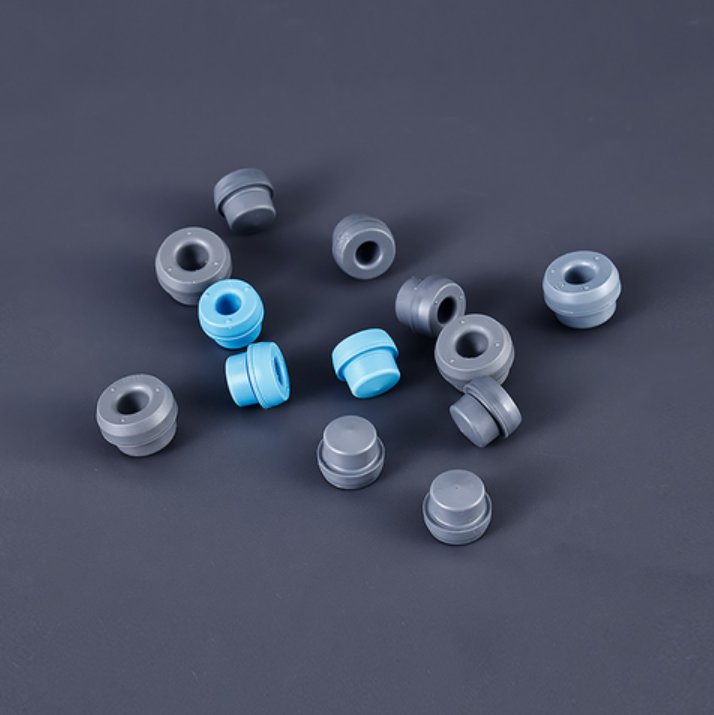Custom medical device molding has significantly advanced due to innovations in technology and materials, leading to improved precision, efficiency, and capabilities in producing medical components.
One of the most significant advancements is the integration of 3D printing technology. 3D printing allows for rapid prototyping and the creation of complex geometries that are difficult to achieve with traditional molding techniques. This technology enables manufacturers to produce and test prototypes quickly, speeding up the development process and allowing for iterative design improvements. Additionally, 3D printing can be used to produce customized implants and prosthetics that fit individual patients precisely, enhancing comfort and functionality.
Computer-aided design (CAD) and computer-aided manufacturing (CAM) have revolutionized custom medical device molding. CAD software enables the creation of precise and detailed designs, while CAM software facilitates the accurate translation of these designs into physical molds. These technologies enhance the accuracy and repeatability of the molding process, ensuring that each component meets exact specifications.
Advancements in materials have expanded the capabilities of custom medical device molding. Innovations in biocompatible polymers and metals have provided new options for creating medical devices that are both safe and effective. For example, medical-grade silicones and thermoplastic elastomers offer excellent flexibility and durability, making them suitable for applications such as catheters and respiratory masks. Additionally, advancements in biocompatible metals, such as titanium and cobalt-chrome alloys, have improved the performance of implants and surgical instruments.
Automation and robotics have also significantly improved the molding process. Automated systems can handle complex tasks with high precision and consistency, reducing the risk of human error and increasing production efficiency. Robotics can be used for material handling, mold maintenance, and quality inspection, further streamlining the manufacturing process.
